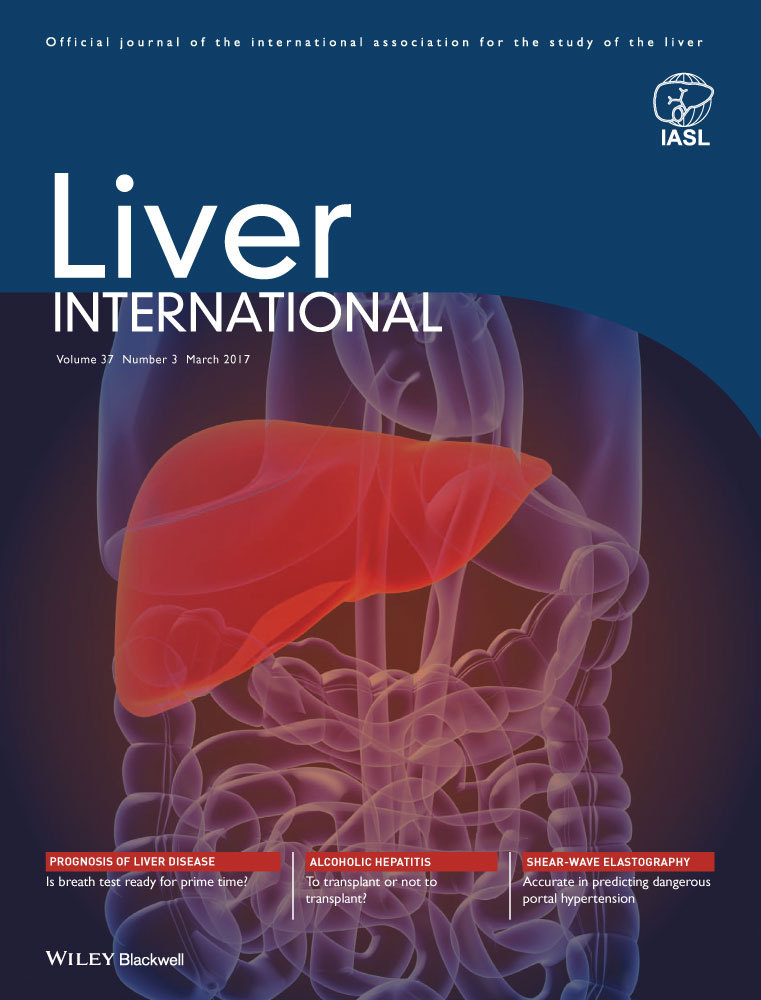The cost impact of outreach testing and treatment for hepatitis C in an urban Drug Treatment Unit
Abstract
Background & Aims
In developed countries persons who inject drugs (PWID) represents a significant risk for chronic hepatitis C virus (HCV). It is reported that up to half of persons with chronic HCV remain undiagnosed and reliance on attendance to specialist clinics remain a barrier to treatment. This study assesses the feasibility and cost-effectiveness of outreach screening and treatment within a Drug Treatment Unit (DTU).
Methods
All persons attending a London DTU were offered HCV testing, and where appropriate follow-up and treatment by a specialist nurse at the DTU. Three years of data informed a cost-effective-analysis using a validated Markov model. A hypothetical scenario in which only direct acting antiviral (DAA) treatments were used was also assessed.
Results
Of 321 persons eligible, 216 were screened, 89 were HCV positive and 66 had confirmatory evidence of viraemia. All were infected with either HCV genotype 1 or 3. Treatment was initiated in 29 persons, 22 with interferon based and 7 DAA only regimens. Following initial treatment 21 (72%) achieved SVR12. It is estimated that this programme represents an average per-patient cost-saving of £2498 and a quality-adjusted life year (QALY) gain of 4.10 over a lifetime. In a hypothetical scenario of all oral DAA treatment, an incremental cost per QALY of £1029 was estimated.
Conclusion
This study demonstrates feasibility and cost effectiveness of outreach testing and treatment of hepatitis C within comparable DTU settings. Additional costs of newer DAA therapies would not be prohibitive when considering willingness-to-pay thresholds commonly used by policy makers.




